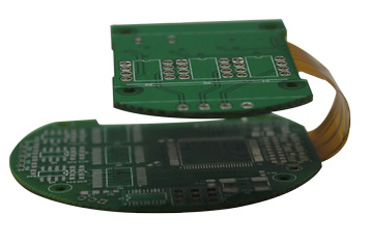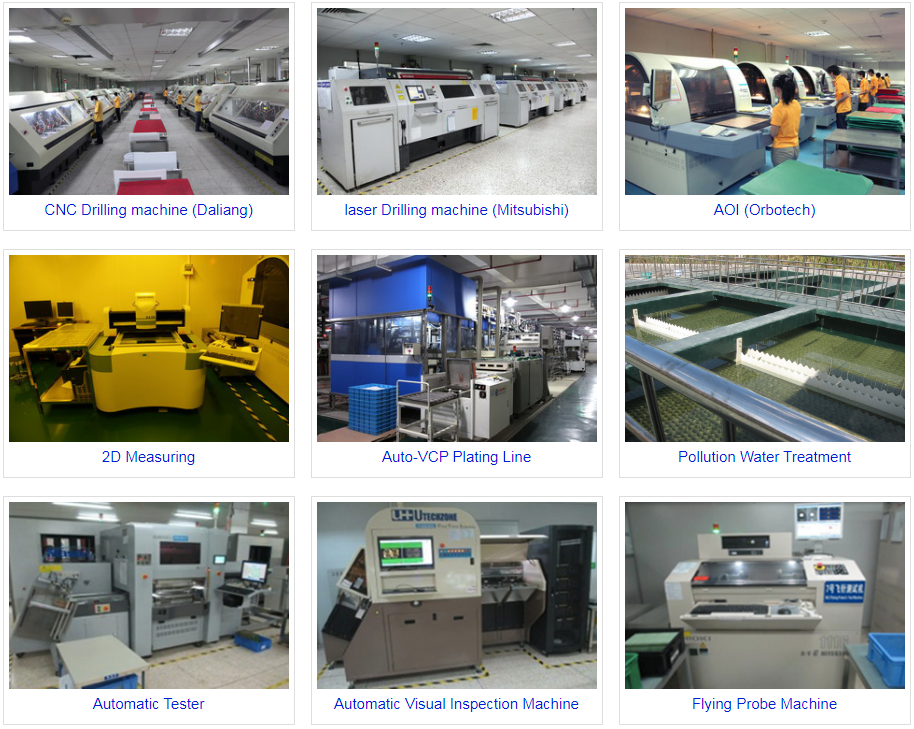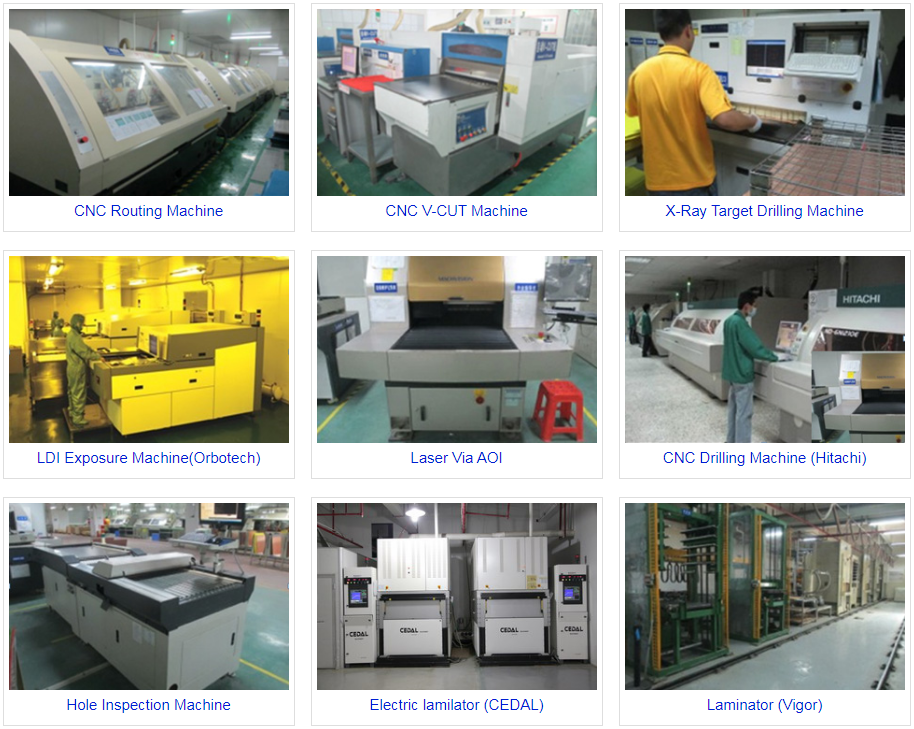The development of PCB and FPC led birth of rigid flex pcbs. Rigid flex printed circuit boards are PCBs using a combination of flexible and rigid pcb technologies. Rigid flex circuit boards are PCBs with combination of FPC and PCB. First, electronic engineers draw circuits and shape according to production requirements. Then the order will be issued to factory with production capability of soft and hard combined PCB board. After CAM engineers process the file, then arrange FPC and PCB production lines to finish PCBs. These two kinds of boards will be seamlessly laminated. Due to high complex production process control and value, all rigid flex PCBs should be 100% detected before shipment.
Rigid flex PCBs are used for special products with flexible and rigid areas and requirements of small internal spacing and volume, but the disadvantages are production dificulity, low pass rate, high production consumption and long lead time. Rigid flex PCBs are widely used for smartphones, side keyboards, laptops, touch screen, motherboard, CD, notebook, hard disk drive etc.
Rigid flex pcb manufacturing is more complex than that of a typical PCB boards, because there are many stages and high requirements involved. Our engineers can view the rigid flex pcbs on design software and check if it’s in compliance with DFM by twisting, folding and rolling it. In terms of a robust network with rigid flex manufacturers, NOD Electronics can offer you with rigid flex PCBs with a large variety of technologies, starting from high multilayers rigid flex to reliable aerospace printed circuit boards. In case of emergency, we could complete your rigid flexible PCBs in as littlte as 45 hours.
Rigid flex
PCB manufacturing has some high thresholds in all types of PCB due to rigid-Flex pcbs strongest resistance to demanding application environments, so they are favored by the medical and military equipment makers. Rigid-Flex PCBs have both endurance of rigid PCB and adaptability of flexible PCB. By using rigid flex PCBs, we can reduce assembled size and weight of electronic products, avoid circuit connection errors, increase assembled flexibility, improve reliability and achieve different assembly on basis of 3D stereo conditions. All of these are increasingly essential development needs of electronic products. As thinner, lighter and flexible circuit, flexible PCB can meet three dimensional assembly needs of mutual connection technology, which has been highly valued in electronic and communications industry. With its expanding applications, flexible circuit board is also being developed constantly, such as from single flexible Board to double, multilayer and rigid flexible boards, thin width/spacing, and surface mounting technology and base material of flexible PCB. These have more strict requirements of manufacturing rigid flex PCBs, such as processing of base material, stability of size control, reliability of small hole copperplating and the surface protective coating.
Capabilities of rigid flex PCB manufacturing
Drill to copper – Outer layers: 8 mil
Drill to copper – Inner layers: 10 mil
Copper Thickness: 0.5 oz – 5 oz
Minimum Hole Size: 0.005″
Minimum Trace/Space: 0.003″/0.003″
Minimum Pitch: 0.5 mm
Copper to board edge: 0.007″
Coverlay Opening: 0.003″
Coverlay Web (Kapton): 0.006″
Main Equipments

 Rigid flex PCB
Rigid flex PCB

